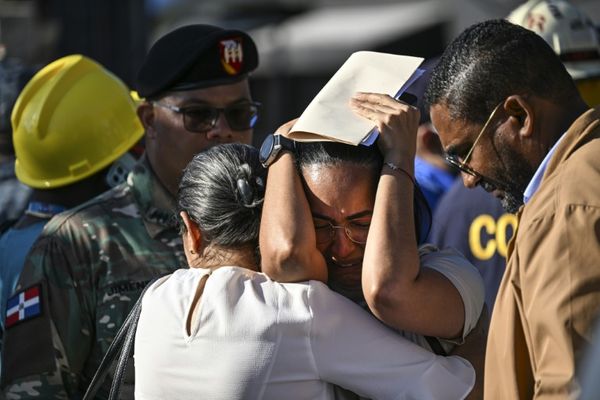
In a recent incident at Haneda Airport in Tokyo, Japan, a Japan Airlines flight carrying 369 passengers experienced a harrowing moment as it landed on runway 34. The Airbus A350 aircraft, which was only two years old, collided with a smaller Japan Coast Guard Dash 8 plane during its descent. The impact resulted in a devastating fire that engulfed the Airbus A350.
Despite the terrifying scene, it is nothing short of a miracle that all passengers on board the aircraft managed to evacuate safely. The coordination and communication exhibited by the entire crew, particularly the flight attendants, was commendable. Japan, known for its efficiency, demonstrated a rapid and smooth evacuation process, highlighting their dedication to passenger safety.
Tragically, five people lost their lives in the incident, while the captain of the flight remains in critical condition. Investigations are currently underway to determine the cause of the collision and the subsequent safety failure. It is unclear whether the confusion originated from air traffic control or one of the crews involved.
This incident serves as a wake-up call not just for aviation in Japan but also worldwide, including the United States. Runway incursions, where planes find themselves in the wrong place at the wrong time, have been a recurring issue. Within the United States, there have been multiple instances of such incidents, with some leading to serious consequences requiring the intervention of the National Transportation Safety Board.
The collision at Haneda Airport brings to mind a similar incident that occurred at Austin Bergstrom Airport last year. In that case, a FedEx flight narrowly averted disaster as they spotted a Southwest Airlines flight lined up for takeoff on the same runway. Though the circumstances differ, both incidents emphasize the critical importance of spatial awareness and vigilance among flight crews.
As authorities delve into the details of the Haneda Airport collision, it is essential to consider the lessons learned for both airlines and air traffic control personnel. Passengers, too, need to be mindful and attentive during safety briefings, understanding the locations of emergency exits and the importance of leaving personal belongings behind during evacuations.
The incident also reignites the ongoing discussions surrounding the adequacy of evacuation simulations conducted by the Federal Aviation Administration for commercial flights. Some call for a thorough reevaluation of these simulations to ensure they accurately represent the diverse range of passengers, including those with disabilities and different age groups.
While investigations progress, the successful evacuation without any severe injuries or fatalities showcases the effectiveness of crew training in emergency procedures. The ability to evacuate all passengers swiftly and efficiently is a testament to the preparedness and dedication of flight crews.
As aviation authorities continue their investigations, the hope is that the lessons learned from this incident can contribute to safer air travel for everyone involved.







